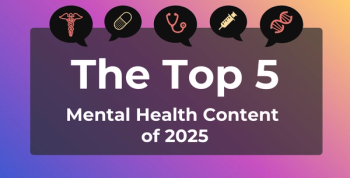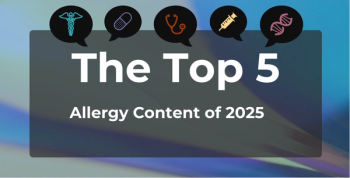
Novel Smartphone App Effective in Assessing Pediatric Ophthalmology
A smartphone app was found to be useful and reliable by clinicians when testing vision for children during the COVID-19 pandemic.
Assessing
Telehealth and digital innovations for ophthalmology were introduced during the COVID-19 pandemic to prevent transmission of the virus in clinics. Teleophthalmology enabled the clinicians to evaluate ocular diseases. This study aimed to assess the TreC Oculistica smartphone app that was used for pediatric ophthalmology and strabismus.
The TreC Oculistica app is “aimed at promoting a cooperative patient-doctor relationship.” The system includes a clinical dashboard and a patient app. Patients can also communicate with health care staff through the app. In-person visits occurred as needed and follow-up visits could be done remotely. The app was assigned to eligible patients between September 2020 and March 2022. Patients were included if they had a smartphone and were able to download free apps; patients were excluded if they were uncooperative or were younger than 4 years.
The app was able to test visual acuity, ocular motility, head posture, and color vision. Clinicians chose tests for their patents to use in these areas, which included the 9Gaze app, the eyeTilt app, and the Colorblind Eye Exam Test app contained in TreC Oculistica. The Visual Acuity Charts app used a Snellen test for adults and older children and a
There were 97 patients who downloaded and activated the app, of which 57 were females. The patients were treated due to visual acuity defect, strabismus, impaired color vision, drooping eyelid, and abnormal head posture. Final diagnoses were strabismus in 24 patients, strabismus post surgery in 16, refractive errors in 25, amblyopia in 16 patients), and a normal eye examination in 9 patients.
There were 40 patients who were tested with the 9Gaze app, 7 with the eyeTilt app, and 11 with the Color Blind test app. Families reported that the apps were easy and intuitive to use and clinicians found the results to be reliable.
Visual acuity was tested in 82 eyes of 41 patients with a mean (SD) age of 5.2 (0.4) years; 92 eyes of 46 patients with a mean age of 11.6 (5.2) years were given the Snellen Chart Visual Acuity app or a Snellen chart. For both tests, the researchers found that visual acuity score was different from those assessed in clinical settings. The strength of agreement was 0.12 (slight) in the LEA Symbols pdf, 0.50 (moderate) in the Snellen Chart Visual Acuity app, and 0.69 (substantial) in the Snellen Chart pdf.
Because the study had a smaller sample size that consisted solely of patients who downloaded the TreC Oculistica app and the novelty of the app may have averted some patients from trying the application because they found it complicated or time consuming or doubted a child’s collaboration.
The researchers concluded that the TreC Oculistica app was useful when using the 9Gaze, eyeTilt, and Color Blind test apps, as they were easy to use and had reliable results overall.
Reference
Racano E, Malfatti G, Pertile R, Delle Site R, Romanelli F, Nicolini A. A novel smartphone app to support the clinical practice of pediatric ophthalmology and strabismus: the validation of visual acuity tests. Eur J Pediatr. Published online June 29, 2023. doi:10.1007/s00431-023-05058-1
Newsletter
Stay ahead of policy, cost, and value—subscribe to AJMC for expert insights at the intersection of clinical care and health economics.







































